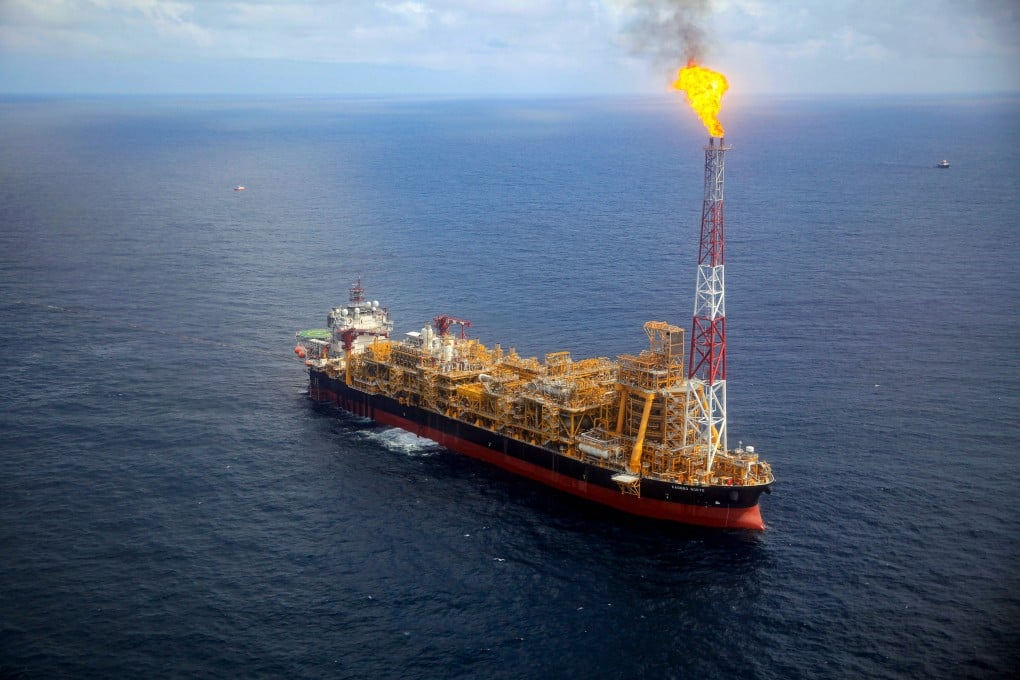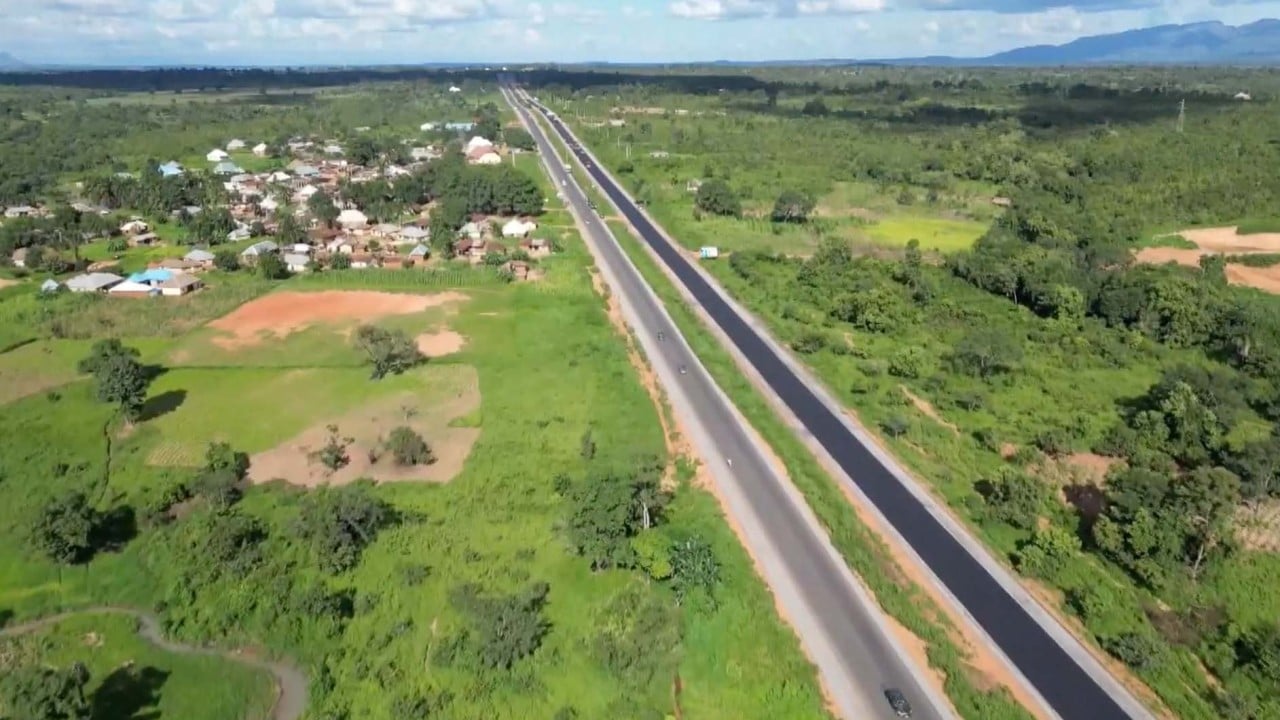Does China’s oil-for-infrastructure lending model in Africa need a rethink?
- Chinese resource-backed loans were a lifeline for African economies but fluctuating commodity prices exposed a hidden danger
- Development bank head is calling for an end to the practice while some countries renegotiate debt and others seek ‘value-added’ terms

“I think it’s time for us to have debt transparency accountability and make sure that this whole thing of these opaque natural resource-backed loans actually ends, because it complicates the debt issue and the debt resolution issue,” he said last month.
The remarks – to news website Semafor on the sidelines of the International Monetary Fund/World Bank spring meetings in Washington from April 17-19 – were the second time in a month that Adesina had criticised the lending model.
“If you have minerals or oil under the ground, how do you come up with a price for a long-term contract? It’s a challenge,” he told AP during an interview in Lagos, Nigeria in March.
Observers backed Adesina’s view, noting that while these loans offer developing countries the funding they need, they can be expensive and subject to commodity price fluctuations, making repayment difficult.
Known as the “Angola model”, the funding concept provided billions of reconstruction dollars from Chinese lenders to Luanda two decades ago, when the West was unwilling to bankroll projects after 27 years of civil war in the oil-rich country.
